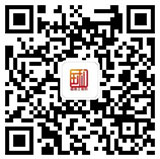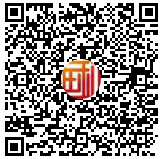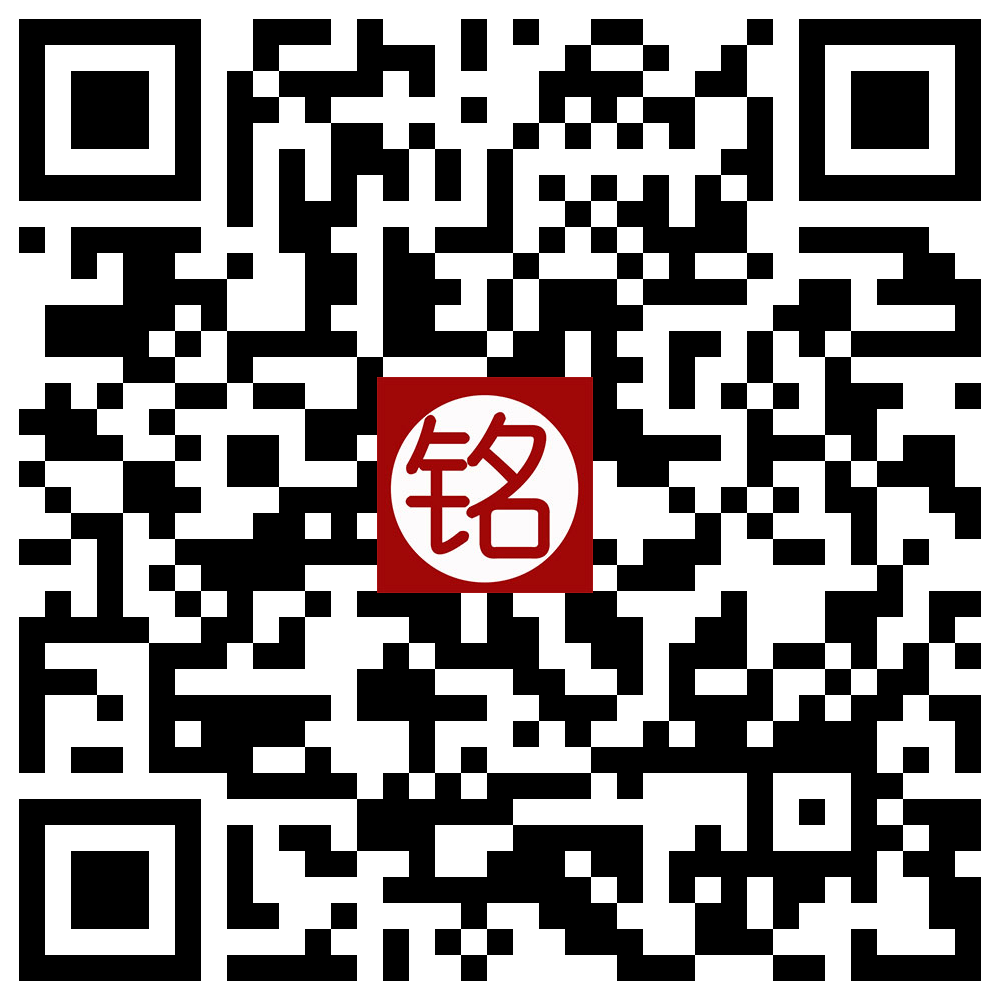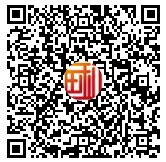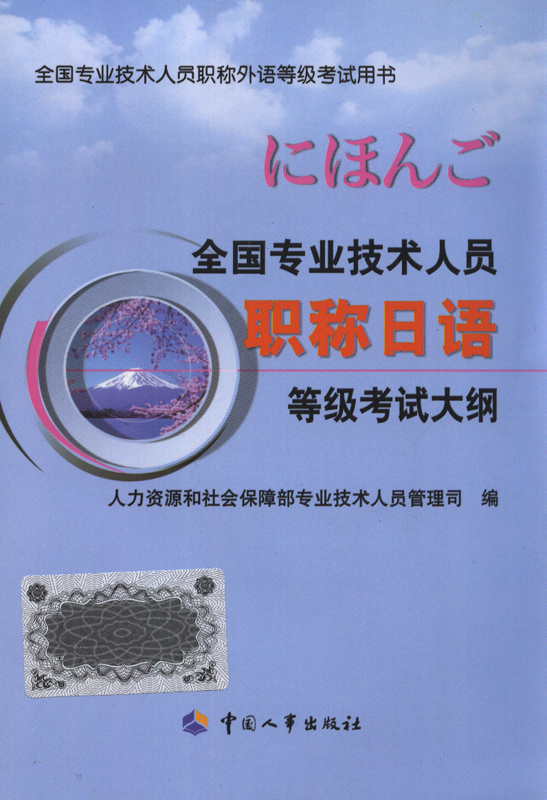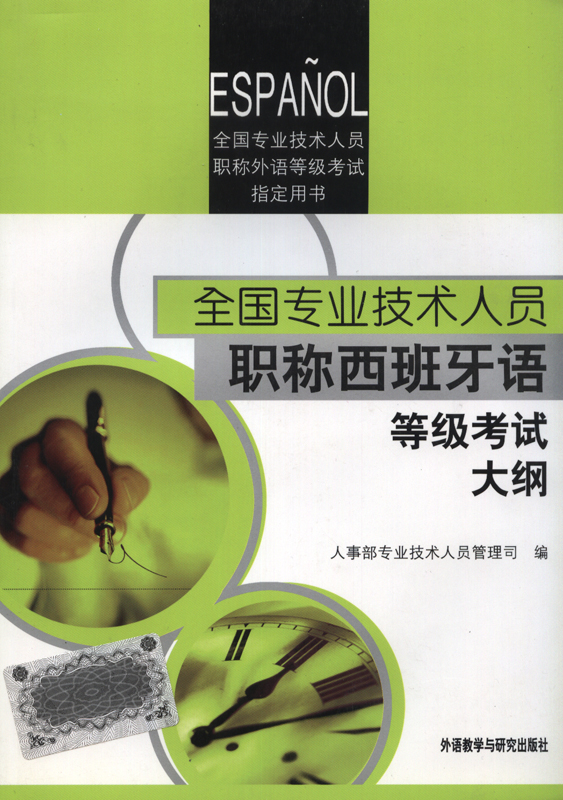第1部分:词汇选项(第1—15题,每题1分,共15分)
下面每个句子中均有1个词或短语划有底横线,请为每处划线部分确定1个意义最为接近的选项。
1. Did she accept his research proposal?
A. Plan B. invitation C. offer D. view
2. She only needs a minute amount of money.
A. certain B. small C. fair D. full
3. Keep your passport in a secure place.
A. special B.good C. safe D. different
4. The story was published with the sole purpose of selling newspapers.
A. Real B. only C. main D. practical
5. We had trouble finding a pure water supply.
A. clean B. typical C. complete D. clear
6. He kept in constant contact with his family while he was in Australia.
A. gradual B. direct C. regular D. occasional
7. "What do you mean by that?" Paul asked sharply.
A. critically B. helplessly C. politely D. quickly
8. On the table was a vase filled with artificial flowers.
A. wild B. false C. fresh D. lovely
9. The storm caused severe damage.
A. physical B. accidental C. serious D. environmental
10. The contempt he felt for his fellow students was obvious.
A. need B. love C. hate D. pity
11. I'd like to withdraw ₤ 500 from my current account.
A. draw B. leave C. pay D. put
12. A large crowd assembled outside the American embassy.
A. watched B. shouted C. walked D. gathered
13. He inspired many young people to take up the sport.
A. allowed B. encouraged C. called D. advised
14. Many forms of cancer can be cured if detected early.
A. selected B. operated C. discovered D. developed
15. The city centre was wiped out by the bomb.
A. covered B. reduced C. moved D. Destroyed
参考答案: CBCBA CABCC ADBCD
第二部分:阅读判断(第16~22题,每题1分,共7分)
下面的短文后列出了7个句子,请根据短文的内容对每个句子做出判断;如果该句提供的是正确信息,请选择A;如果该句提供的是错误信息,请选择B;如果该句的信息文中没有提及,请选择C。
Eastern Quakes Can Trigger Big Shakes
In the first week of November 2011, people in central Oklahoma experienced more than two dozen earthquakes. The largest, a magnitude 5.6 quake, shook thousands of fans in a college football stadium, caused cracks in a few buildings and rattled the nerves of many people who had never felt a quake before. Oklahoma is not an area of the country famous for its quakes. If you watch the news on TV, you see reports about all sorts of natural disasters —hurricanes, tornadoes, flooding and wildfires, to name a few. But the most dangerous type of natural disaster, and also the most unpredictable, is the earthquake.
Researchers at the U.S. Geological Survey estimate that several million earthquakes rattle the globe each year. That may sound scary, but people don’t feel many of the tremors because they happen in remote and unpopulated regions. Many quakes happen under the ocean, and others have a very small magnitude, or shaking intensity.
A magnitude 5.8 earthquake that struck central Virginia the afternoon of August 23, 2011, was felt from central Georgia to southeastern Canada. In many urban areas, including Washington, D.C., and New York City (Wall Street shown), people crowded the streets while engineers inspected buildings. Credit: Wikimedia/Alex Tabak
Scientists know about small, remote quakes only because of very sensitive electronic devices called seismometers. These devices detect and measure the size of ground vibrations produced by earthquakes. Altogether, USGS researchers use seismometers to identify and locate about 20,000 earthquakes each year.
Although earthquakes can happen anywhere in the world, really big quakes occur only in certain areas. The largest ones register a magnitude 8 or higher and happen, on average, only once each year. Such big ones typically occur along the edges of Earth’s tectonic plates.
Tectonic plates are huge pieces of Earth’s crust, sometimes many kilometers thick. These plates cover our planet’s surface like a jigsaw puzzle. Often, jagged edges of these plates temporarily lock together. When plates jostle and scrape past each other earthquakes occur. On average, tectonic plates move very slowly — about the same speed as your fingernails grow.
But sometimes earthquakes rumble through portions of the landscape far from a plate’s edges. Although less expected, these “mid-plate” tremors can do substantial damage. Some of the biggest known examples rattled the eastern half of the United States two centuries ago. Today, scientists are still puzzling over why the quakes occurred and when similar ones might occur.
16. Oklahoma is an area often experiencing natural disasters.
A. Right B. Wrong C. Not mentioned
17. The earthquake is the most unpredictable natural disaster.
A. Right B. Wrong C. Not mentioned
18. Few earthquakes happen without people's awareness.
A. Right B. Wrong C. Not mentioned
19. Seismometers can identify and locate most of the earthquakes in China.
A. Right B. Wrong C. Not mentioned
20. Big earthquakes of a magnitude 8 0r higher seldom happen far from the edges of tectonic plates.
A. Right B. Wrong C. Not mentioned
21. Whenever tectonic plates move, earthquakes happen.
A. Right B. Wrong C. Not mentioned
22. The earthquake that hit the eastern half of the United States two centuries ago is the biggest "mid-plate" one in history.
A. Right B. Wrong C. Not mentioned
第三部分:概括大意和完成句子(第23~30题,每题1分,共8分)
下面的短文后有2项测试任务:(1)第23~26题要求从所给的6个选项中为指定段落每段选择1个小标题;(2)第27~30题要求从所给的6个选项中为每个句子确定一个最佳选项。
Learn about Light
1 Ancient civilizations were amazed by the existence of light for thousands of years. The Greek philosophers believed that light was made up of countless, tiny particles that enter the human eye and create what we call vision. However, Empedocles and a Dutch scientist named Christian Huygens believed that light was like a wave. According to them, light spread out and travelled like a straight line. This theory was accepted during the 19th century.
2 ln 1905, Albert Einstein published a research paper in which he explained what is referred to as the photoelectric effect. This theory explains that particles make up light. The particles Einstein was referring to are weightless bundles(束)of electromagnetic(电磁)energy called photons(光子). Today, scientists agree that light has a dual(二重) nature — it is part particle and part wave. It is a form of energy that allows us to see things around us.
3 Things that give off light are known as sources of light. During the day, the primary source of light is the sun. Other sources of light include stars, flames, flashlights, street lamps and glowing gases in glass tube.
4 When we draw the way light travels we always use straight lines. This is because normally light rays travel in a straight line. However, there are some instances that can change the path and even the nature of light. They are reflection, absorption, interference (干扰), etc.
5 Physicists have attempted to measure the speed of light since the early times. In 1849, Hippolyte Fizeau conducted an experiment by directing a beam of light to a mirror located kilometers away and placed a rotating cogwheel(旋转齿轮)between the beam and the mirror. From the rate of rotation of the wheel, number of wheel’s teeth and distance of the mirror, he was able to calculate that the speed of light is 313 million meters per second. In a vacuum(真空),however, the speed of light is 299,792,458 meters per second. This is about a million times faster than the speed of an airplane.
23. Paragraph 2 ___A___
24. Paragraph 3 ___B___
25. Paragraph 4 ___D___
26. Paragraph 5 ___C___
A. How is the nature of light explained today?
B. What are sources of light?
C. How did physicists measure the speed of light?
D. How does light travel?
E. How did people think of light years ago?
F. What causes a shadow?
27. Objects are visible to the human eye as light is __D____
28. Stars, flames, flashlights are some examples of ___A___
29. Some instances such as reflection and absorption can change ___C___
30. Hippolyte Fizeau conducted an experiment to measure ___E___
A. sources of light
B. the speed of light
C. the path of light
D. a straight line
E. a beam of light
F. a form of energy
第四部分:阅读理解
Making Light of1 Sleep
All we have a clock located inside our brains. Similar to your bedside alarm clock, your internal clock2 runs on a 24-hour cycle. This cycle,called a circadian rhythm,helps control when
you wake,when you eat and when you sleep.
Somewhere around puberty,something happens in the timing of the biological clock. The
clock pushes forward,so adolescents and teenagers are unable to fall asleep as early as they used to. When your mother tells you it's time for bed,your body may be pushing you to stay up3 for several hours more. And the light coming from your computer screen or TV could be pushing you to stay up even later.
This shift4 is natural for teenagers. But staying up very late and sleeping late can get your body's clock out of sync with the cycle of light and dark5. It can also make it hard to get out of bed in the morning and may bring other problems,too. Teenagers are put in a kind of a gray cloud6 when they don't get enough sleep,says Mary Carskadon,a sleep researcher at Brown University in Providence,RI7 .It affects their mood and their ability to think and learn.
But just like your alarm clock,your internal clock can be reset. In fact,it automatically resets
itself every day. How? By using the light it gets through your eyes.
Scientists have known for a long time that the light of day and the dark of night play important roles in setting our internal clocks. For years,researchers thought that the signals that synchronize the body's clock8 were handled through the same pathways that we use to see.
But recent discoveries show that the human eye has two separate light-sensing systems. One system allows us to see. The second system tells our body whether it's day or night.
词汇:
circadian/s3:'keidiən/ adj. 昼夜节奏的,生理节奏的
adolescent/ædəu'lesənt/ n.青少年;adj.青少年的
puberty/ 'pju:bəti/ n.发育;青春期
sync/siŋk/ n. (口语)同步;和谐,协调
synchronize/'siŋkrənaiz / V.(使)同时发生;(使)同步
注释:
1.make light of :轻视,不在乎。例如: We should not make light of their achievements.我们不应当低估他们的成就。
2. your internal clock :指的是第一句中的a clock located inside our brains ,也即是第二段第一句中的the biological clock (生物钟)。
3. stay up:不睡觉,熬夜
4. This shift:这种调整。指上文所描述的由于生理时间的变化青少年上床时间越来越晚的现象。
5. get your body's clock out of sync with the cycle of light and dark :打乱了你的生物钟与昼夜时间循环之间的平衡
6. gray cloud :提不起精神的状态
7. Brown University in Providence, RI:位于美国罗得岛州普罗维登斯的布朗大学。RI是Rhode
Island(罗得岛)的首字母缩写;Providence 是罗得岛州的首府。布朗大学是美国一流大学,
创建于1764 年,是世界闻名的美国“常春藤联盟”(还包括哈佛大学、耶鲁大学、普林斯顿大学、布朗大学、哥伦比亚大学、宾夕法尼亚大学、达特茅斯大学和康奈尔大学)中的一员。
8. the signals that synchronize the body's clock:平衡生物钟的光信号
练习:
1 .The clock located inside our brains is similar to our bedside alarm clock because
A it controls when we wake,when we eat and when we sleep.
B it has a cycle of 24 hours.
C it is a cycle also called circadian rhythm.
D it can alarm any time during 24 hours.
2. What is implied in the second paragraph?
A Young children's biological clock has the same rhythm with that of the teenagers.
B People after puberty begin to go to bed earlier due to the change of the biological clock.
C Children before puberty tend to fall asleep earlier at night than adolescents.
D Teenagers go to bed later than they used to due to the light from the computer screen.
3. In the third paragraph the author wants to tell the reader that
A it is natural for teenagers to stay up late and get up late.
B staying up late has a bad effect on teenagers' ability to think and learn.
C during puberty most teenagers experience a kind of gray cloud.
D it is hard for teenagers to get out of bed in the morning.
4. Which of the following statements is NOT true according to the fourth and fifth paragraphs?
A Our biological clock resets itself automatically.
B light gets through our eyes and resets our biological clock.
C Our internal clock as well as the alarm clock can be reset automatically.
D Our internal clock,like the alarm clock,can be reset.
5. According to the last two paragraphs, what did the previous researchers think about the human eye's light-sensing system?
A The human eye had two light-sensing systems.
B The human eye had one light-sensing system.
C The human eye could sense the light of day more quickly than the dark of night.
D The human eye could reset our internal clocks in accordance with the alarm clocks.
答案与题解:
1.B 第一段第二句提供了答案。句中的your internal clock 即指a clock located inside our Brains。
2. C 第二段主要内容是告诉读者,过了青春期(puberty),由于生物钟节奏的变化,青少年(adolescents and teenagers)比以前要晚睡几小时。所以C是该段所隐含的内容。
3. B 第三段的最后一句直接给出了答案。
4. C 根据第四和第五段的内容,闹钟和生物钟都可以重新设定时间,但生物钟能通过眼睛接
受的日光来自动调节生理节奏。所以A、B和D都是这两段中所述内容,C是正确选择,因为闹钟不能自动重新设定时间。
5.B 问题使用的是过去时,问的是研究者在最新发现(recent discoveries)之前对眼睛感光系统的认识,即,the signals that synchronize the body's clock were handled through the same pathways that we use to see (眼睛所接受到的平衡生物钟的光信号同样作用于人类的视觉系统),也就是说,研究者之前认为人类的眼睛只有一个感光系统。但最新发现却是,人的眼睛有两个感光系统。









